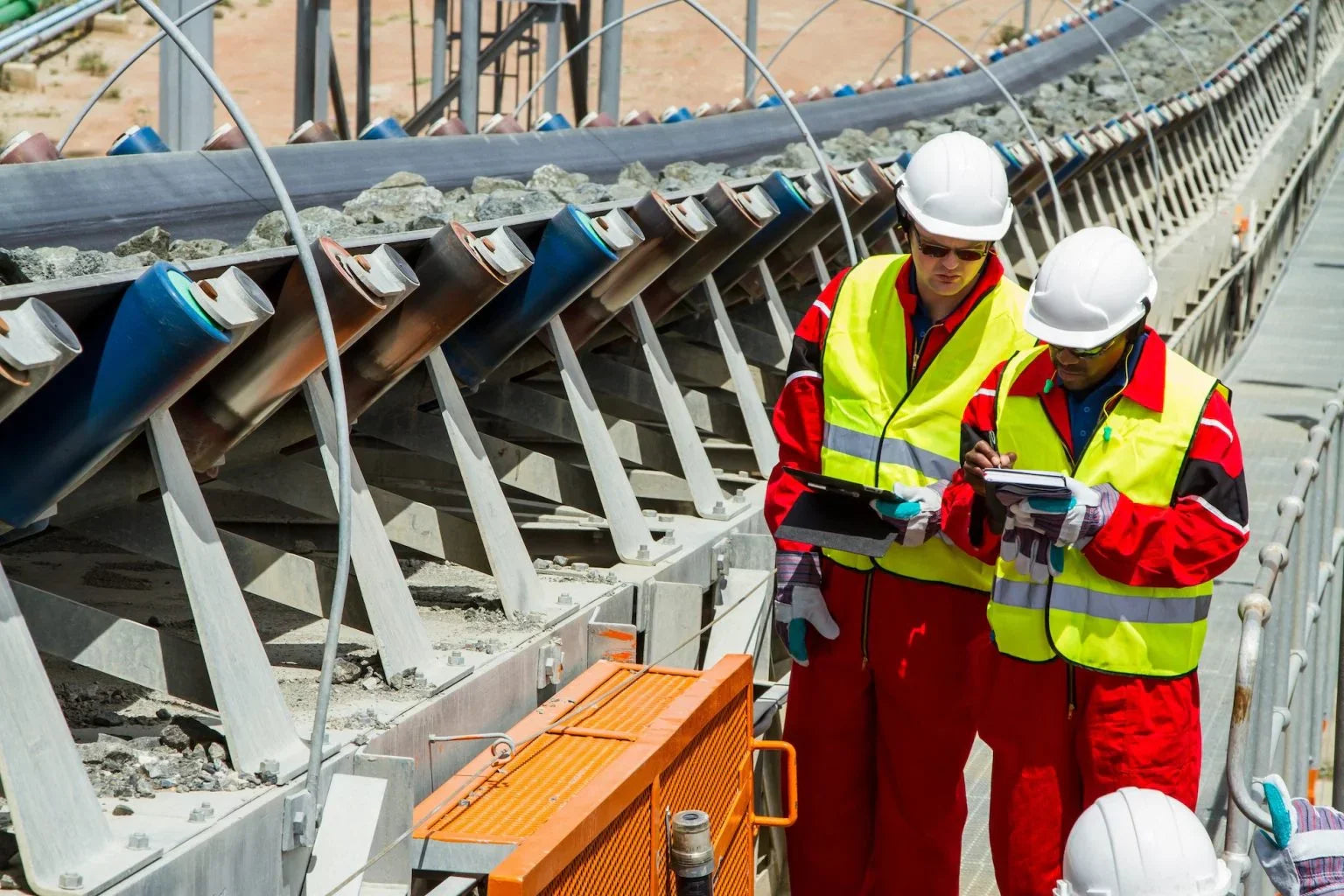Misalignment in conveyor belts leads to operational inefficiencies, safety risks, and increased maintenance. Addressing these issues promptly is essential.
1. Operational Inefficiency
Misaligned belts reduce throughput and increase energy consumption. Even slight misalignments can cause significant productivity losses over time.
2. Material Spillage
Off-center belts cause materials to spill, leading to waste and potential hazards. Spillage also necessitates additional cleanup efforts, diverting resources.
3. Belt and Component Wear
Continuous misalignment accelerates wear on belts and components. This results in frequent replacements and increased downtime.
4. Safety Hazards
Misaligned belts can lead to unexpected movements or failures, posing risks to personnel. Ensuring proper alignment is vital for workplace safety.
5. Increased Maintenance Costs
Frequent adjustments and repairs due to misalignment elevate maintenance expenses. Proactive alignment checks can mitigate these costs.
Preventative Measures
- Regularly inspect belt alignment and tension.
- Ensure pulleys and rollers are correctly positioned.
- Train staff to recognize signs of misalignment.
- Implement automated tracking systems where feasible.
Maintaining proper belt alignment is crucial for efficient and safe conveyor operations. Regular monitoring and timely interventions can prevent the adverse effects of misalignment.

